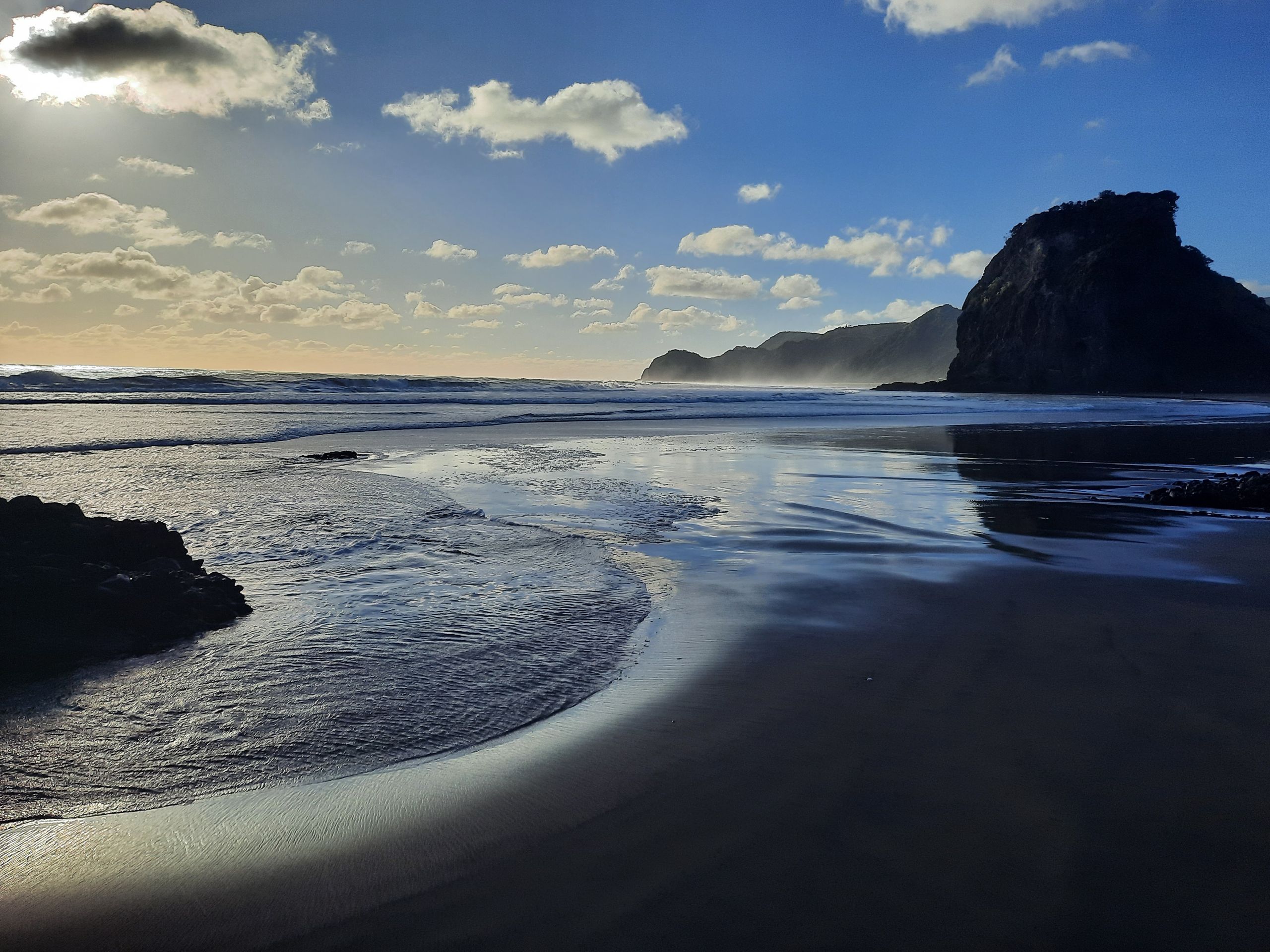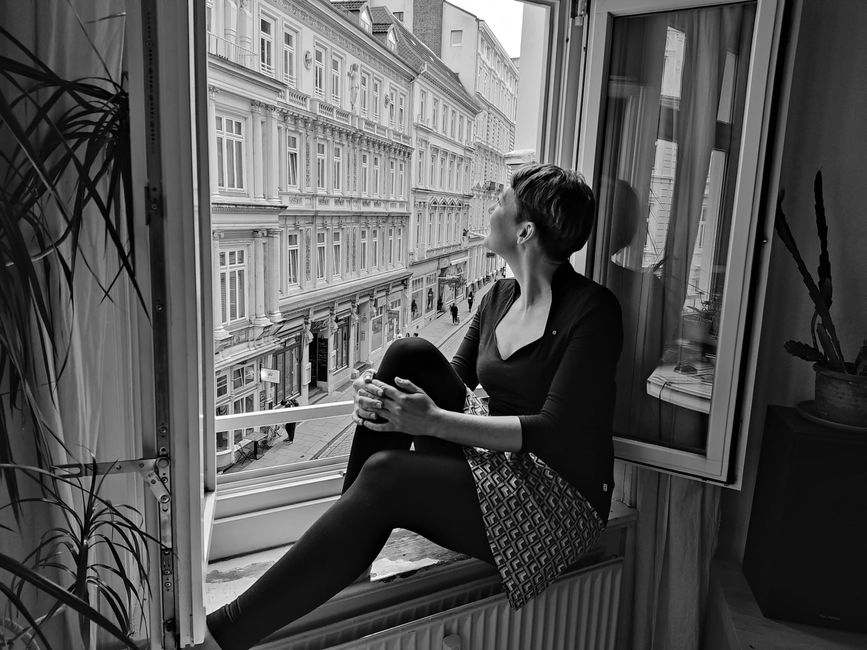From the Icelandic minority, indigenous peoples, and multiculturalism in a Canadian way
Გამოქვეყნდა: 12.08.2023
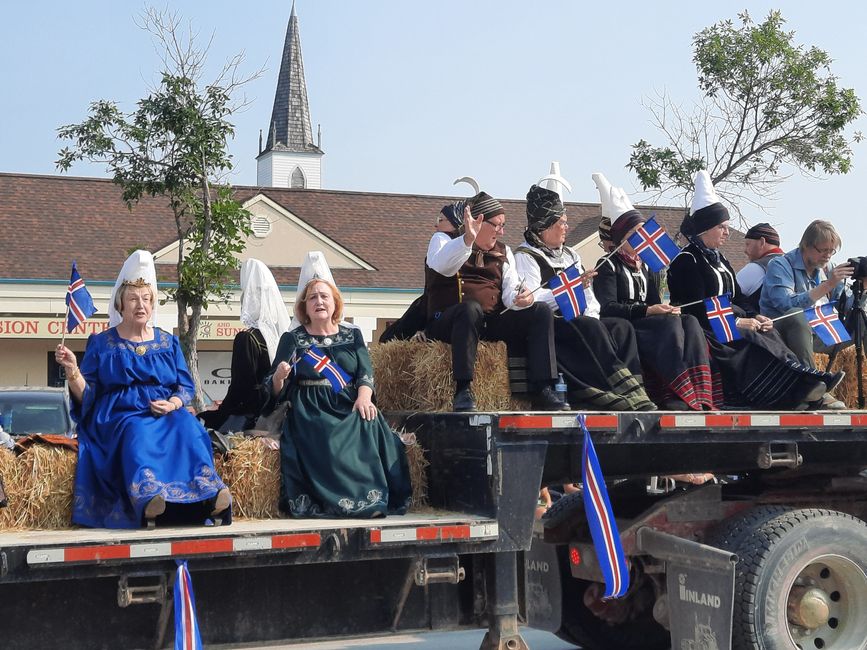
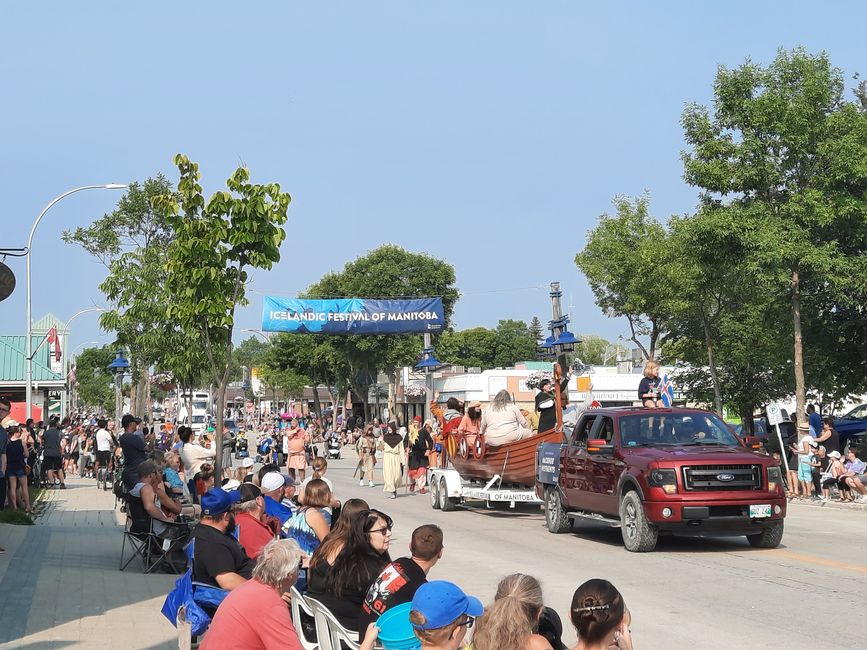
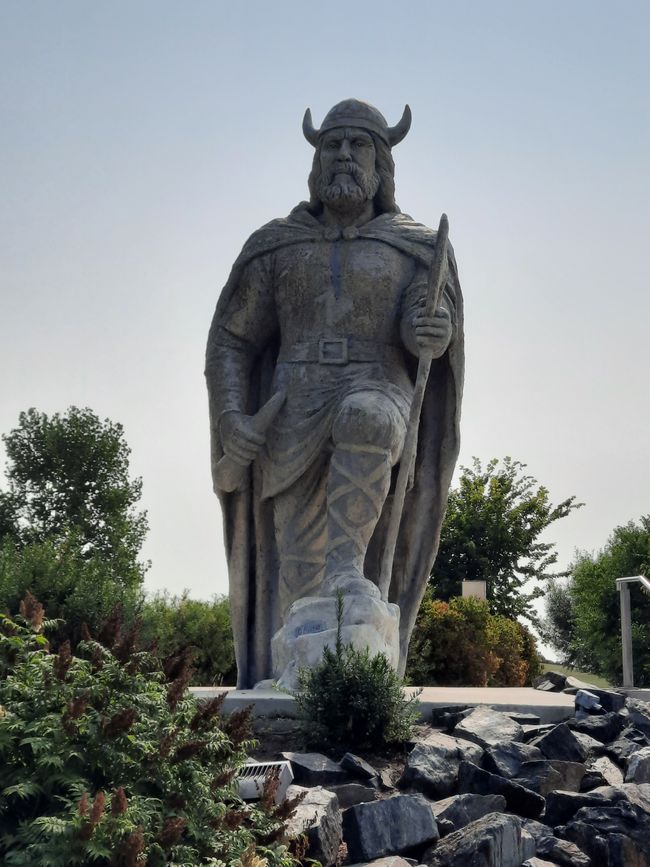
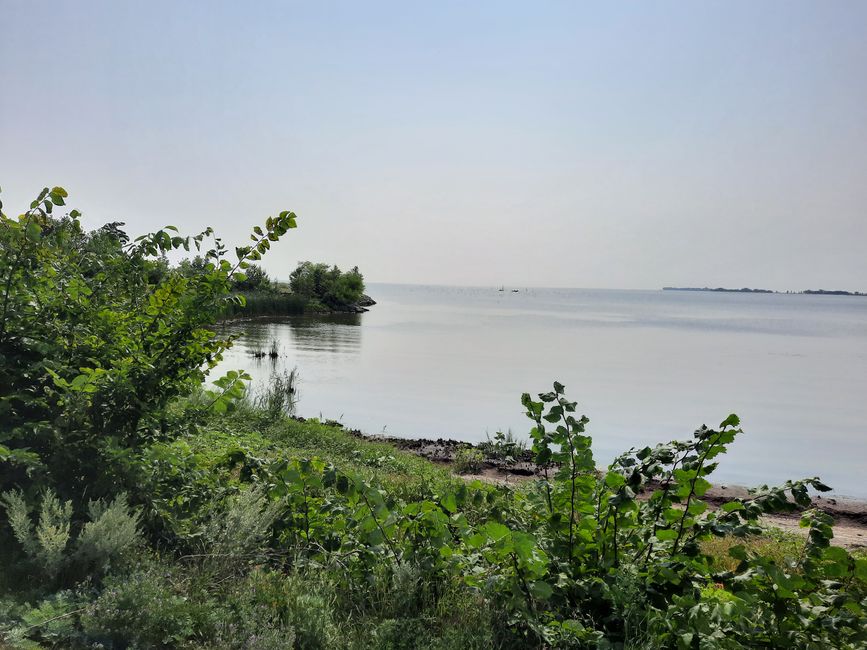
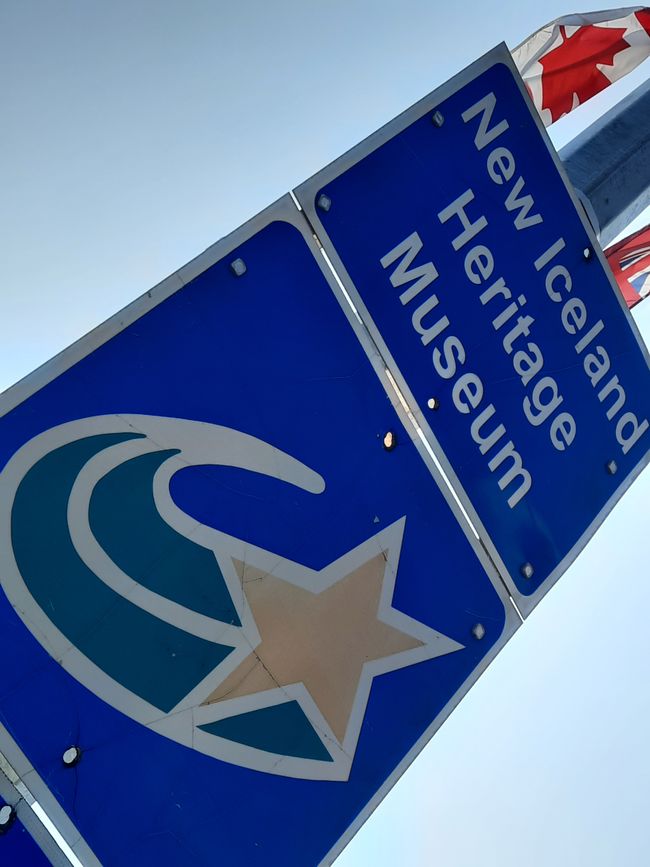
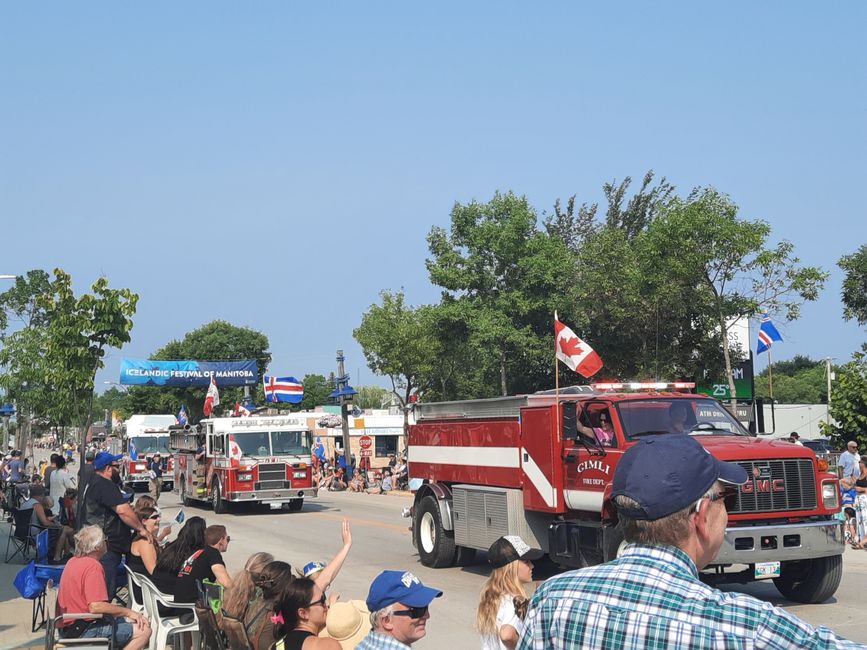
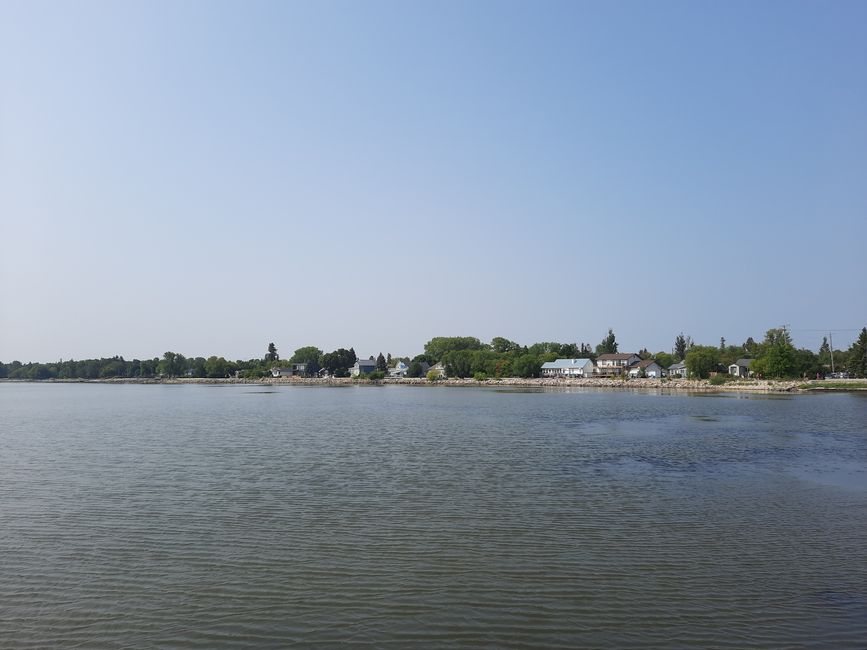
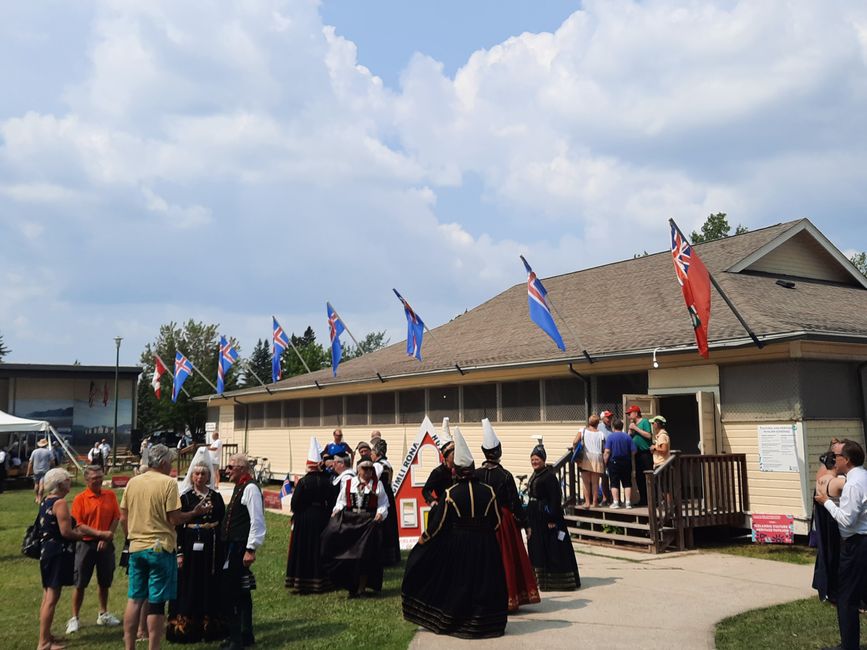
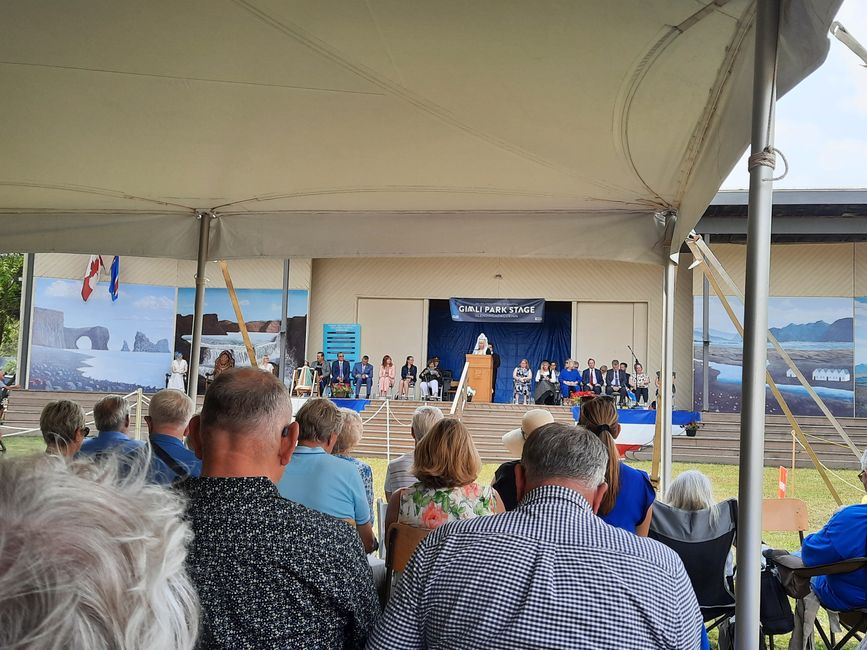
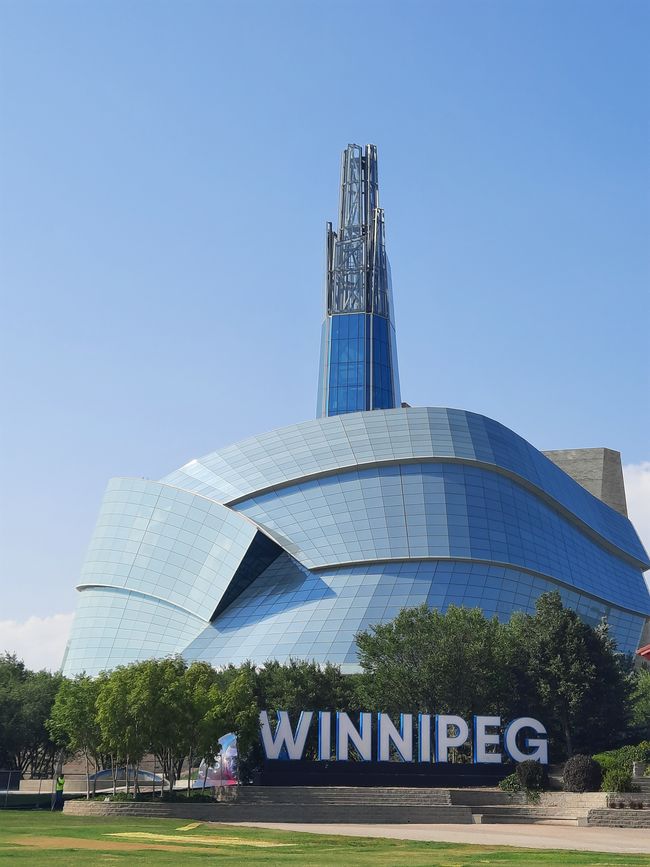
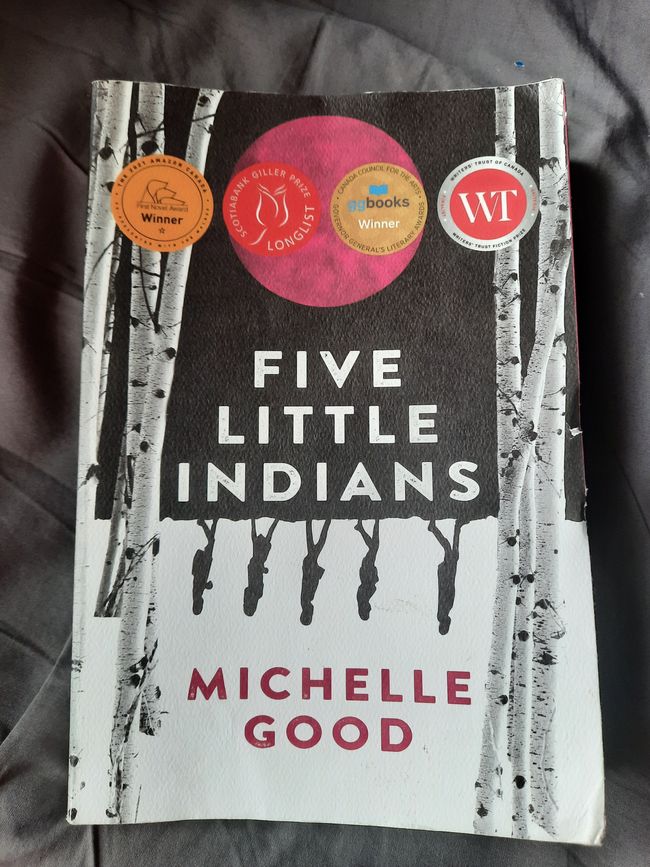
Გამოიწერეთ Newsletter
It didn't take long, not even 24 hours, and I felt like I was in the Ukrainian world in Winnipeg. Although there is no 'Ukrainian diaspora' here, as is usually the case when you look closer.
Here there is a 'Lviv group', which is considered more communist - historical reasons, including their immigration between the two world wars, but that's too much here. - Nevertheless, it doesn't fit well with the classic prejudice of patriotic Western Ukrainians. There is also the "Kyiv group," which, as I was told, is much larger and very different. And many others as well.
Nevertheless, or perhaps precisely because of this, I feel very absorbed and in the past few weeks, besides digging through archives, I have spent a lot of time meeting a lot (!) of people. And before I arrived here, I actually didn't know anyone.
Winnipeg doesn't have the best reputation in Canada. It is considered rather provincial, isolated, and somewhat boring - especially compared to Toronto or the West Coast. Many outsiders don't venture here, especially for a longer period of time. It is not a tourist magnet and does not have the same level of recognition as Vancouver (as one of the most livable cities in the world).
The surrounding area, the province of Manitoba, is mainly vast fields. The prairies, the North American part of the steppes, are also among the less spectacular landscapes in Canada - even though I learned at the Manitoba Museum that the prairies, the local vegetation and wildlife, especially insect species, are more threatened than the rainforest and thus still offer a lot of undiscovered and unknown things. But the landscape is not very impressive. You drive through here if you are doing a cross-Canada tour. Why stop? I've heard more than once, and also many times here in Winnipeg itself, 'Definitely go elsewhere.'

Be that as it may, I like this city and all the people I have met here so far. I feel quite comfortable here. I find the city and the warm, actually hot summer very relaxed - it may be very different in winter, as it can easily reach -40 degrees. Manitoba and Winnipeg as a city are known not only for their (supposed) provinciality but also for their long and harsh winter, which many people tend to avoid.
About Meeting People
There are some people at the local universities whom I wanted to exchange ideas with and who could provide a change from my long stays in the archives.
Immediately after my first inquiry with a scientist, the question came back if I liked baseball. I was a little surprised and honestly said that I had no idea. Suddenly, I found myself at the Ukrainian night of the local baseball team, and when the game wasn't being played - which happens often in baseball - Ukrainian dances alternated on the field with conversations with my seatmate about the Ukrainian diaspora, World War II, and all sorts of things.
Maybe it's because of my great topic, but maybe it's also because it's summer and people who are here have time. Or maybe it's because I often get along very well with people who are interested in the 'borders of the former Soviet Union,' and it often fits very well on a personal level.
Gimli, New Iceland, and the Icelandic Cultural Festival
Because of this, last weekend I also went to Gimli, to the Icelandic Festival. I thought it was appropriate since I had a stopover in Iceland a month ago. A trip to New Iceland as another stopover seemed somehow logical.

I was accompanied by Alex and Kristjan. The latter describes himself as an 'Icekrainian' - something like 'Iskrainer' in German - with half Icelandic and half Ukrainian roots, born in Canada. This is a common mix here because both groups were very active in agriculture in the last century and met here in Manitoba.


New Iceland was an absolute colonial project in the 19th century. The local population was displaced and expelled, and mostly white population was settled. People from Iceland - light skin color, many with blond hair - were considered one of the most popular immigrant groups for the region by the colonial rulers on site. The name New Iceland already made it clear, even linguistically, that the colonial view was clear: there was nothing to preserve in the region, the land needed to be developed, and people needed to be settled. When especially the Icelandic families arrived, they brought smallpox with them. This killed the local population - of which there were many groups here - (in addition). The colonial power found this very convenient and a veritable population exchange followed. In addition, indigenous children were literally stolen for more than 100 years. Many see all of this as genocide, including the Pope nowadays.
Today, Canada is trying to come to terms with it somehow. While treaties were signed with indigenous groups in the 19th century, many were not honored. Throughout much of the country, indigenous children, for example, were educated in Christian school missions, a kind of boarding school, in absolutely degrading conditions until at least the 1990s. In recent years, buried children's bodies have been found near such church-run institutions. (Here is a shorter article in German from Deutschlandfunk.)
Since the 1980s, self-help groups have become stronger, and their protests have been heard more. Due to the pressure from the indigenous population in Canada, a state-run "Truth and Reconciliation Commission" (2008-2015) was established, which shed more light on the matter, but it is still a long process and many structural problems persist to this day. There are a few monuments, a few museums, a memorial day, books, and more and more public discussion about this traumatic history.

The debate remains whether this is also a kind of reconciliation theater here, as often in Germany. The festival in Gimli also starts with the announcement that the land on which you are standing is the homeland of various indigenous peoples and nations.

A symbolic act, two or three sentences, which have been announced for a few years at all public events and in all public institutions; you can find a similar note on websites, in museums, and in email signatures. It's a symbolism, and as it happens, attention for it quickly fades over time. I can see that myself after four weeks in the country, after visiting a whole series of museums and events.
The town of Gimli, on the last day of the festival, is packed. The highlight is about to come: the street parade and the crowning of the fjallkona, a kind of festival queen. This is already the 134th time this has happened.


'Yes, it's cultural kitsch,' Kristjan tells me, 'but not only that.' It also reminds him of his childhood, of growing up in Gimli, where the largest Icelandic community outside of Iceland is located.
In the archives of the University of Manitoba in Winnipeg, about 90 km from Gimli, there is a large collection about Iceland, the language, and history. Things that no longer exist even in Iceland today are preserved here. At the university there, there is even a department for Icelandic language and literature.

The connections between Gimli and Iceland are so strong that it can happen that when asked in Iceland where you come from as a Winnipegger, you have to say Winnipeg near Gimli, and not the other way around. Winnipeg has about 750,000 inhabitants, while Gimli, if you count generously, has 5,000.

What is the Icelandic Cultural Festival? It is a gathering of people who mostly have some connection to Iceland. Music, dances, and above all, food and drinks. Since last week, the two-week-long and annual multicultural festival Folklorama has been taking place in Winnipeg.
This works similarly. Although I have only tried the 'Lviv Pavilion' so far, it has the same core: a cultural program of no more than 30 minutes, accompanied by typical food and drinks. Ukrainian winter dances were performed on stage while I enjoyed a very good Ukrainian borscht and Lvivske beer. It was good, no doubt - but still somehow confusing: a Ukrainian dance group in the 'Lviv Pavilion,' which is considered communist within the community, with a Lvivske beer in hand, which I used to enjoy in Lviv itself, now sitting in a chilled hall in Canada at 30 degrees Celsius and watching a winter program. It still makes me laugh.
PS: There are pelicans in Gimli!
(Unfortunately, no photo, we got carried away with conversation and then it flew away.)
Გამოიწერეთ Newsletter
Უპასუხე
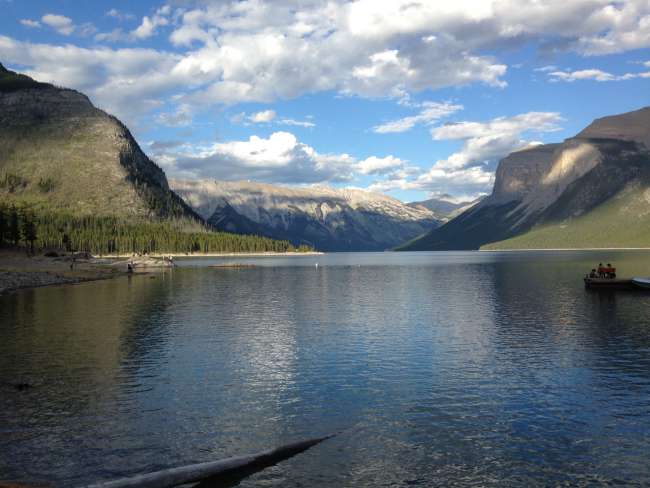
Მოგზაურობის ანგარიშები Კანადა
